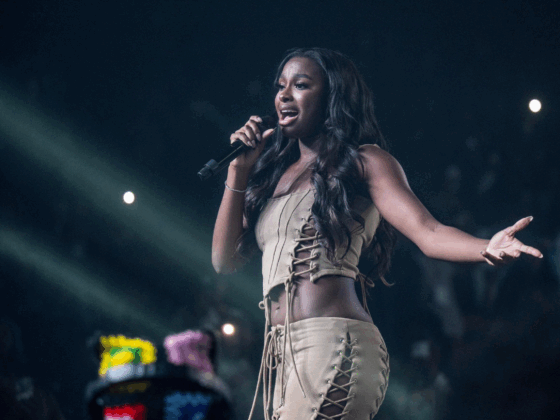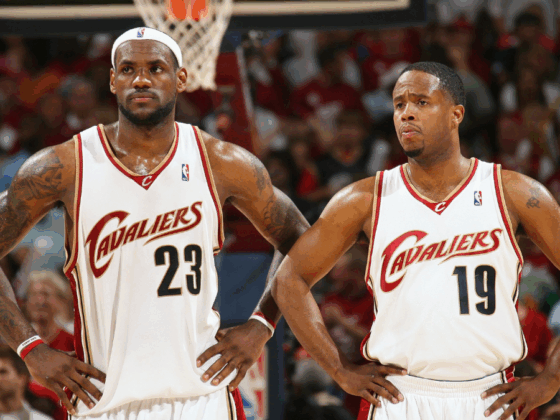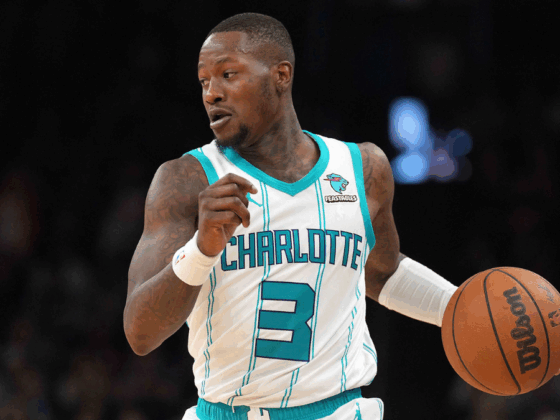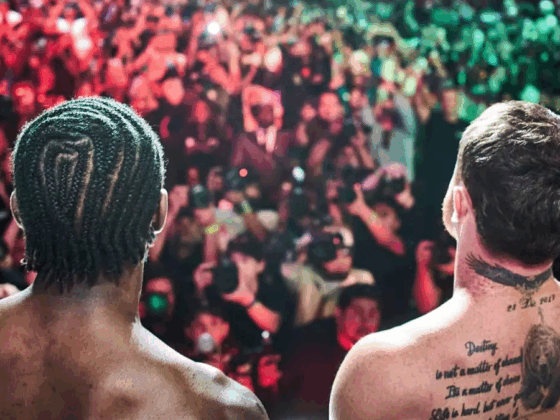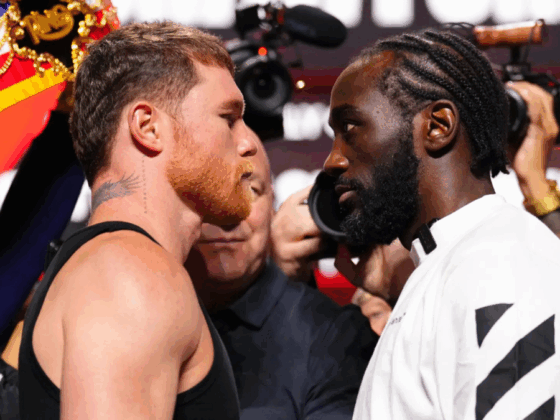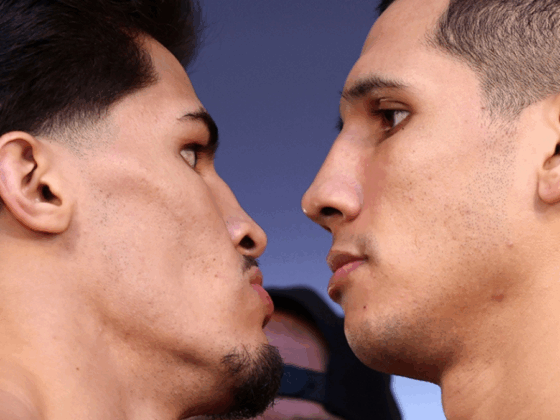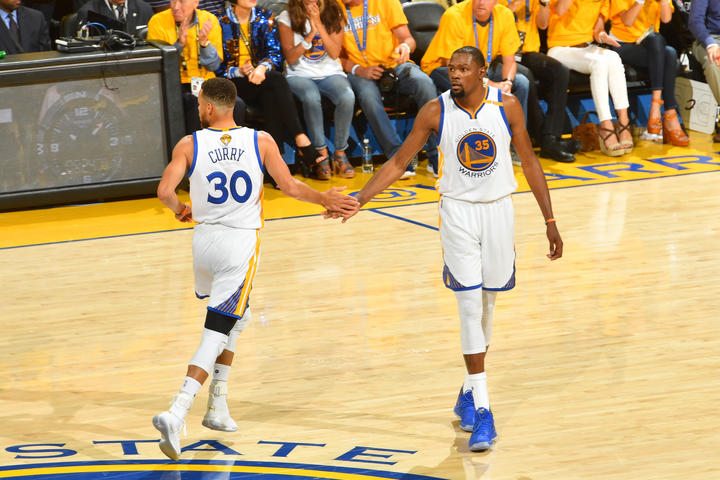
Superteams never last forever. With trades, free agency, enormous contracts, budding superstars and injuries, the NBA is never in one constant state. Some would-be-dynasties never reach their full potentials; examples include the Kobe/Dwight/Nash Los Angeles Lakers of 2013 or even the late Oklahoma City Thunder who once had three MVP-caliber players on one team. Then there are dynasties that never seem like they’re going to end, such as the Boston Celtics in the ’60s, the Showtime Lakers and Michael Jordan’s Chicago Bulls teams in the ’90s. It takes a brilliant front office, exceptional coaching, all-time great talent and a ton of luck to even be identified as an NBA superteam, and a lot of the time they never get the opportunity to showcase what could have been.
Just seven years ago, the NBA was in an entirely different state than it is now. LeBron James was still on top of the basketball world, but as a fresh member of the Miami Heat, joining two other superstars at the time: Chris Bosh and Dwayne Wade. They were the first superteam of this most recent era in the NBA and the most hated team in the NBA before they could even step foot on the basketball court. Their run was short-lived and cluttered with ups and downs. From LeBron James’ worst ever Finals performance in 2011, to Ray Allen’s clutch corner three two years later against the San Antonio Spurs, to finishing with a disappointing 4-1 series loss in the Finals to the same Spurs just one year later. They were constantly riding a rollercoaster, but not even four straight Finals appearances – including two titles – in just a four-year span could keep them together. History had once again repeated itself in the NBA, and it’s going to happen again. The question is: when? Or really, how soon?
LeBron James recreated the superteam idea when he came back to Cleveland, teaming up with Kyrie Irving and Kevin Love, only for the Golden State Warriors to build their own superteam internally (well, for the most part. *cough* KD *cough*). Due to the NBA’s recent change in the salary cap and how much money teams can offer to multiple superstars, we are witnessing the entire landscape of the NBA change right before our eyes in the form of two all-time great superteams. But for how long? How long can these two teams manage to maintain the insurmountable gap that separates them from the other 28 teams in the league? That time may arrive sooner than anticipated. The NBA adapts to its surroundings better than any league in professional sports, which is why it’s practically impossible to compare different eras. The league is vastly different than it was 70 years ago when the paint was hardly six feet wide, or 60 years ago when the shot clock was introduced, or 30 years ago when the three-point shot was implemented, or 20 years ago when hand-checking on defense was allowed. These were all monumental changes that shifted how the game would be played forever, yet players and teams adapted and found ways to overcome (or exploit) them. Now there’s a new challenge that has to be tackled, but this time it deals with the most talented team in NBA history.
Regardless of the outcome of the 2017 NBA Finals, the Golden State Warriors will head into next season – and probably the next few – as the most feared team in the league, and rightfully so. They took a 73-win team and added Durant, one of the game’s all-time great scorers and current second-best player in the league. LeBron James and the Cleveland Cavaliers still have a couple more years in the tank to challenge them, but as LeBron ages and members of the Warriors’ core enter their professional peaks, the future seems predictable. But that’s what makes the NBA so great; despite the lopsided regular season and playoffs, the unknown is still much alive.
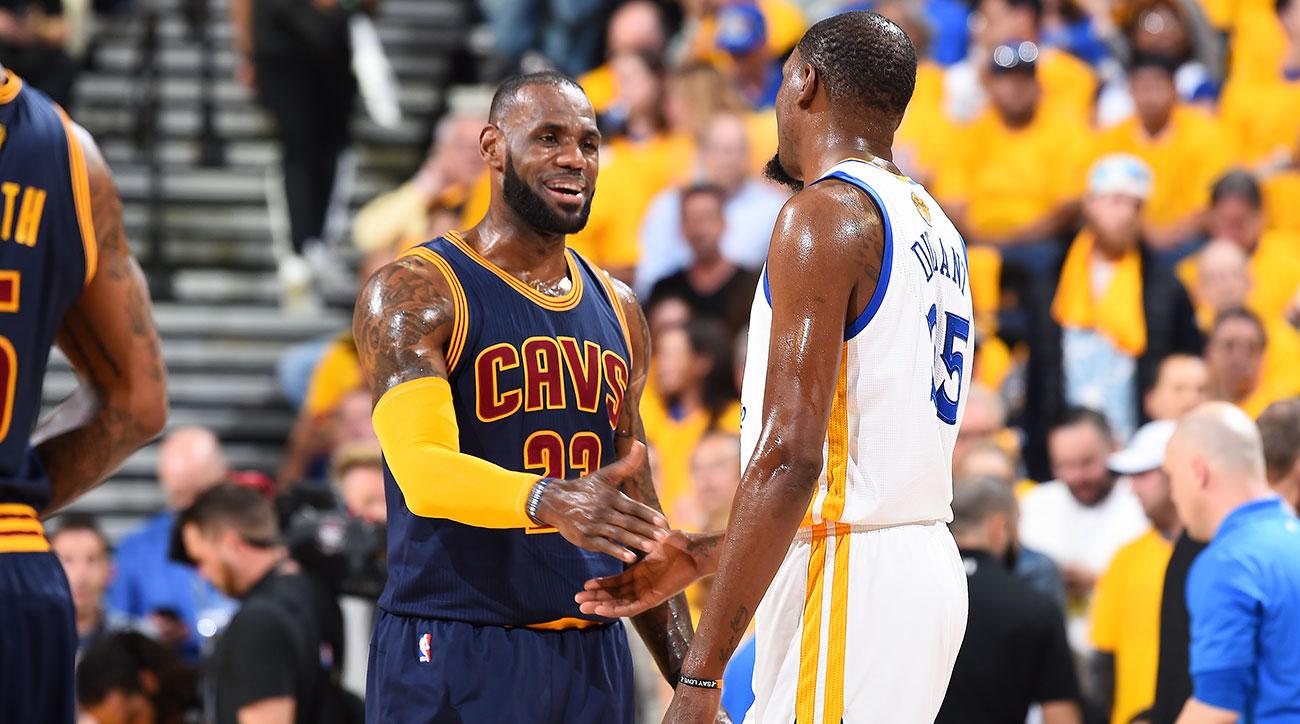
There are a few teams that have the potential over the next several seasons to create their own superteam and challenge the Warriors. The Utah Jazz are locked in with center Rudy Gobert for the next four seasons. Gobert is one of the league’s best defensive players, isn’t even 25 yet, and has the potential to become the league’s top center in just a few short years. Bringing back Gordon Hayward will be the key to their future success. Hayward is quickly becoming one of the NBA’s most versatile wing players at 27 years old and has more than enough potential to jump into the conversation of the league’s top small forwards before he hits age 30. The Jazz have done an excellent job of surrounding their budding stars with talent both young and veteran, and with contracts such as Joe Johnson, Derrick Favors, and Boris Diaw who have only one year remaining, they will eventually have the money necessary to make a run at obtaining the third superstar that is unofficially required to form a superteam. But it won’t be that easy. George Hill is the perfect fit for their style of play, but he’ll demand a high-dollar contract as he becomes a free agent this summer. On top of that, deciding whether or not to keep Derrick Favors despite his history of injuries will play into how they can spend future money. With players such as Blake Griffin, John Wall and Klay Thompson all becoming free agents in the coming years, the potential to create a superteam will be there. It’s a high-risk situation to wait on, but the rewards could be plentiful.
The Boston Celtics are in an interesting position; they could potentially create another superteam in the Eastern Conference. Already way ahead of schedule after taking the East’s top seed over the Cleveland Cavaliers, they get to add the number one pick in this year’s draft to that roster. Al Horford is locked in for the next four years, but they’ll have to make tough decisions on how to deal with their backcourt situation. Both Isaiah Thomas and Avery Bradley will become free agents after next season while Marcus Smart has two years left on his deal, and if they do what is expected and draft Markelle Fultz out of Washington, things are going to get crowded. It isn’t an ideal situation to be in, but it definitely isn’t a bad one. Bradley is already among the best perimeter defenders in the league at age 26, and his improving jump shot has him on the cusp of turning into a legitimate All-Star-caliber talent. For players such as Paul George, Jimmy Butler and Gordon Hayward – inching closer and closer to free agency – joining Boston could be an enticing option; the Celtics have a very real chance of creating another superteam.
The Cleveland Cavaliers will likely have to live with their core for the next several seasons, which isn’t a bad thing by any stretch of the imagination; that core is LeBron James, Kyrie Irving and Kevin Love. But odds are it will only become more difficult to tackle the Warriors as LeBron ages, unless Kyrie takes another leap (which is entirely plausible). If Klay Thompson can be swayed away from the Warriors when he becomes a free agent after the 2019 season (and teams will offer him as much as possible), the Dubs would take a sizable hit to both their offense and defense. Perhaps Thompson goes off and aids in creating his own superteam elsewhere in hopes of becoming “the guy.”
There are teams that have the base to form a superteam, but not of the same caliber as the current Warriors. While Chris Paul is an all-time great point guard, his services at 32 years old wouldn’t help a team such as the San Antonio Spurs (a team he has expressed interest in) get over the hump. Sure, Kawhi/CP3 sounds like a problem for opposing teams, but until the Spurs can unload contracts for veterans such as Tony Parker, Manu Ginobili, LaMarcus Aldridge and Pau Gasol, they won’t be any more of a threat to the Warriors than they were this year. And when that time does arrive, Paul’s window will most likely have already closed.
Superteams are the current trend in the NBA, and it doesn’t look they’ll be going anywhere anytime soon. The NBA will still prosper and fans will continue to watch no matter how dominant one team is, because that’s what the fans want. The fans want the best talent going head to head against each other, not a Grizzlies/Pacers Finals. It’s why Finals ratings are up and people can’t stop talking about the league. There is no such thing as bad publicity and the NBA is riding that into the future as the most talented teams in the history of the league are being created right before our own eyes.
